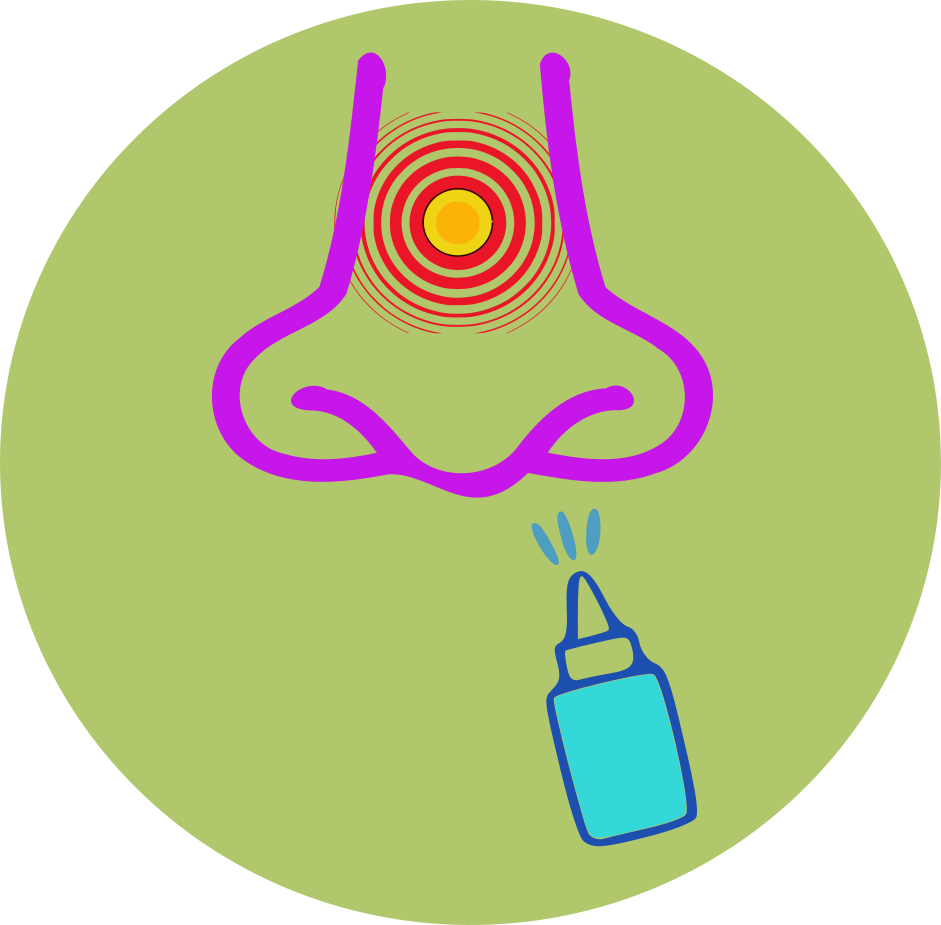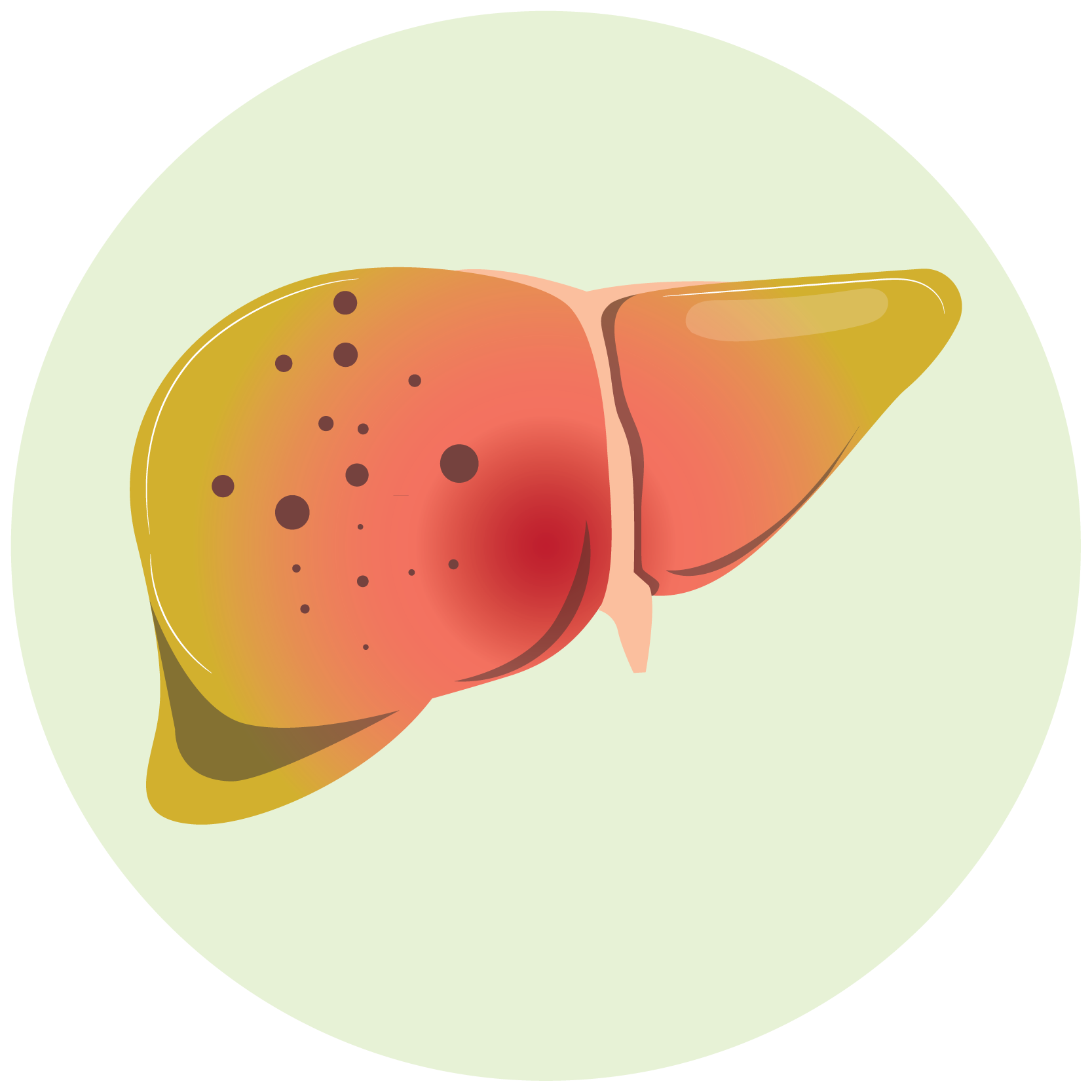| Name | Amonium Bicarbonate |
| Classes |
Respiratory Agent Expectorant |
| Diseases |
Amonium Bicarbonate
Ammonium Bicarbonate is classified as an expectorant. Its mechanism of action involves facilitating the removal of mucus and other respiratory secretions by reducing the viscosity of bronchial secretions and promoting their expulsion.
Ammonium Bicarbonate is indicated for the relief of respiratory symptoms associated with excessive mucus and congestion.
The usual dosage for adults is-
-
- 250 mg to 500 mg every 4 to 6 hours as needed.
- Maximum daily dose: 2 grams.
-
Respiratory Status: Use with caution in patients with pre-existing respiratory conditions, as excessive mucus clearance may exacerbate respiratory distress.
-
Renal Impairment: Adjust dosage in patients with renal impairment to prevent accumulation of the drug.
-
Gastrointestinal Effects: Monitor for gastrointestinal effects such as nausea, vomiting, and abdominal pain. Discontinue if severe gastrointestinal symptoms occur.
-
Dizziness and Headache: Advise patients about the potential for dizziness and headache. Caution should be exercised when driving or operating machinery.
-
Pediatric Use: Use caution in children, and adhere to age-specific dosage recommendations.
-
Pregnancy and Lactation: Use during pregnancy and lactation only if the potential benefit justifies the potential risk to the fetus or infant.
Contraindication
Ammonium Bicarbonate is contraindicated in individuals with a known hypersensitivity to the drug.
None known.
Additionally, it should not be used in patients with severe hepatic impairment.
 Bangla
Bangla English
English





